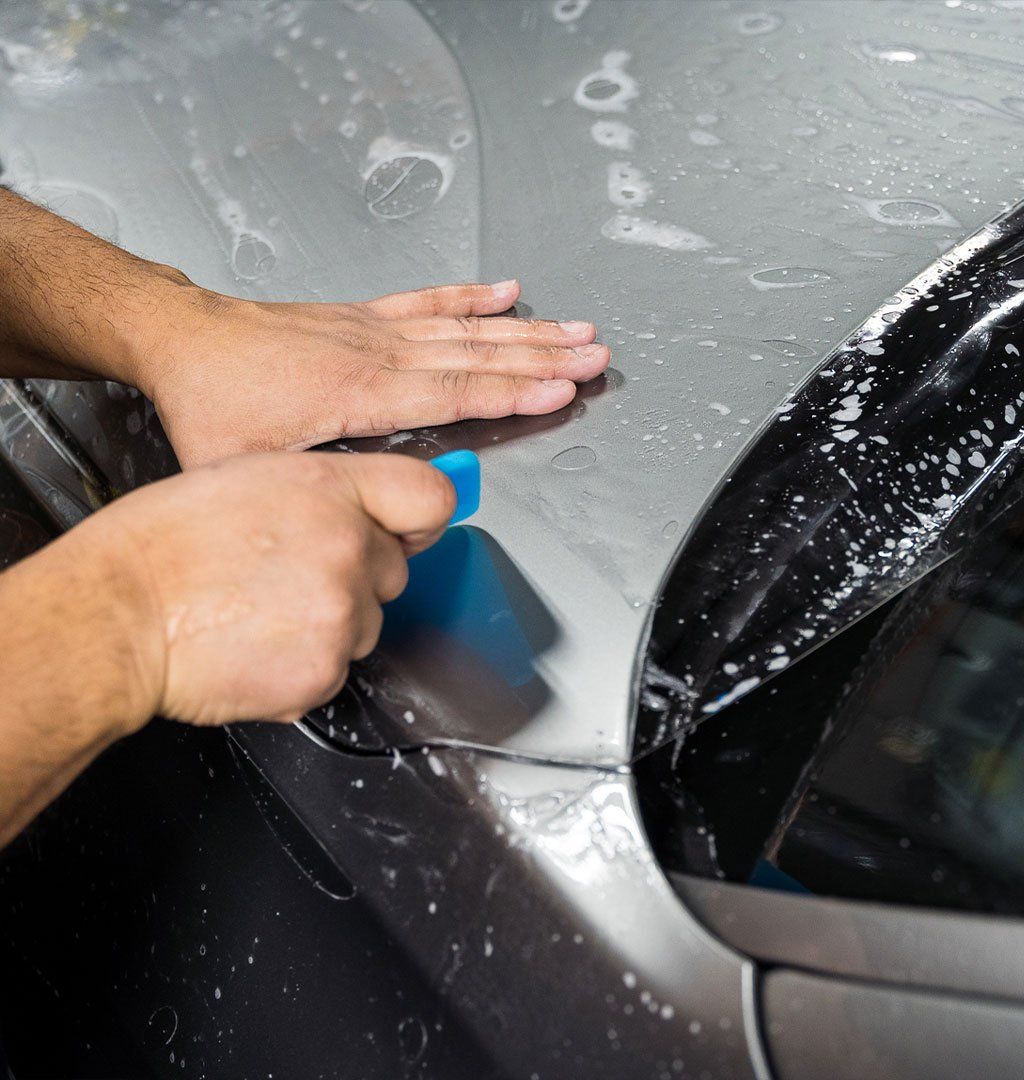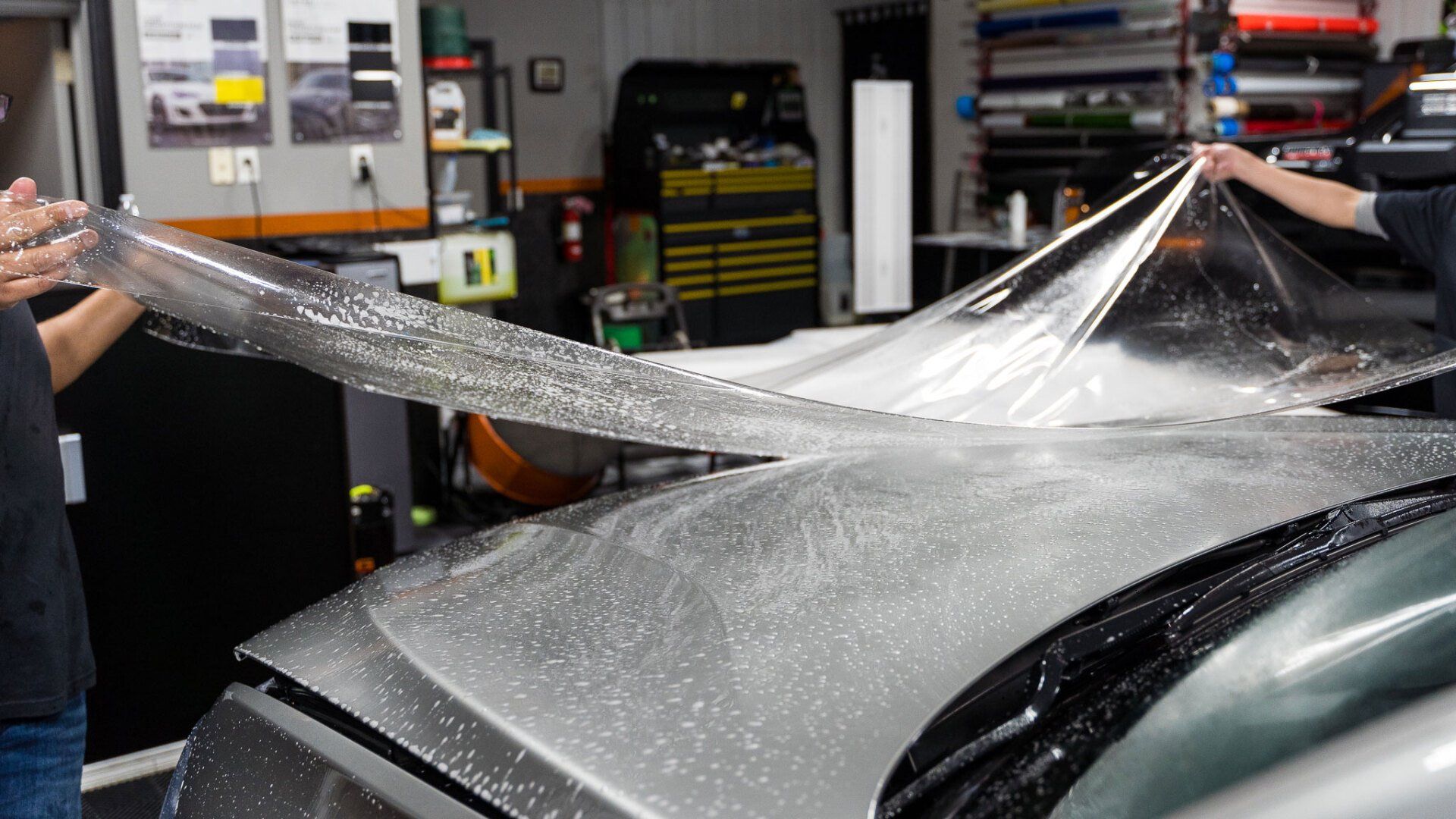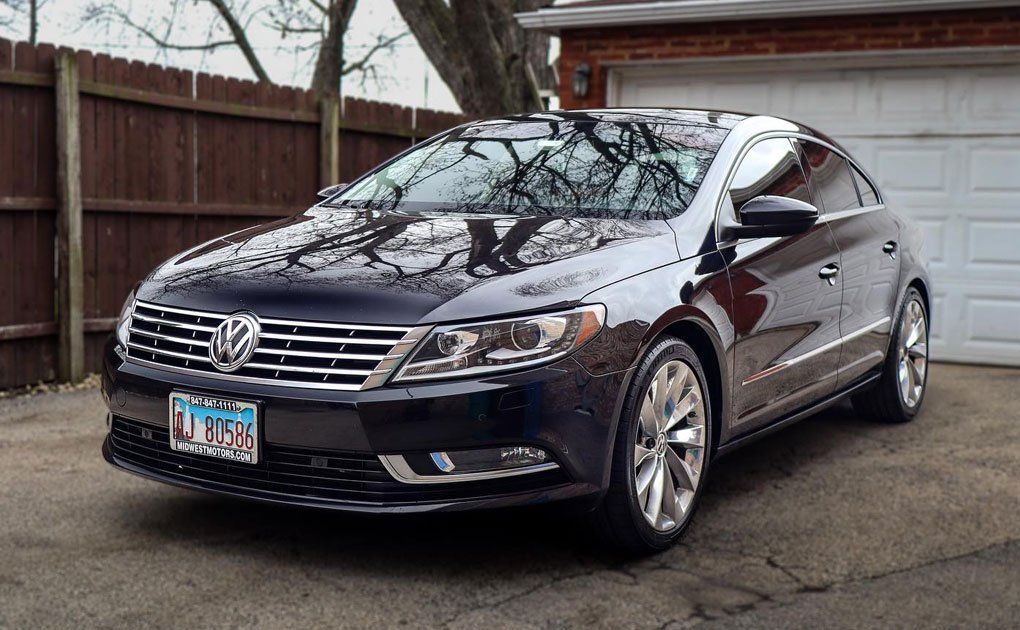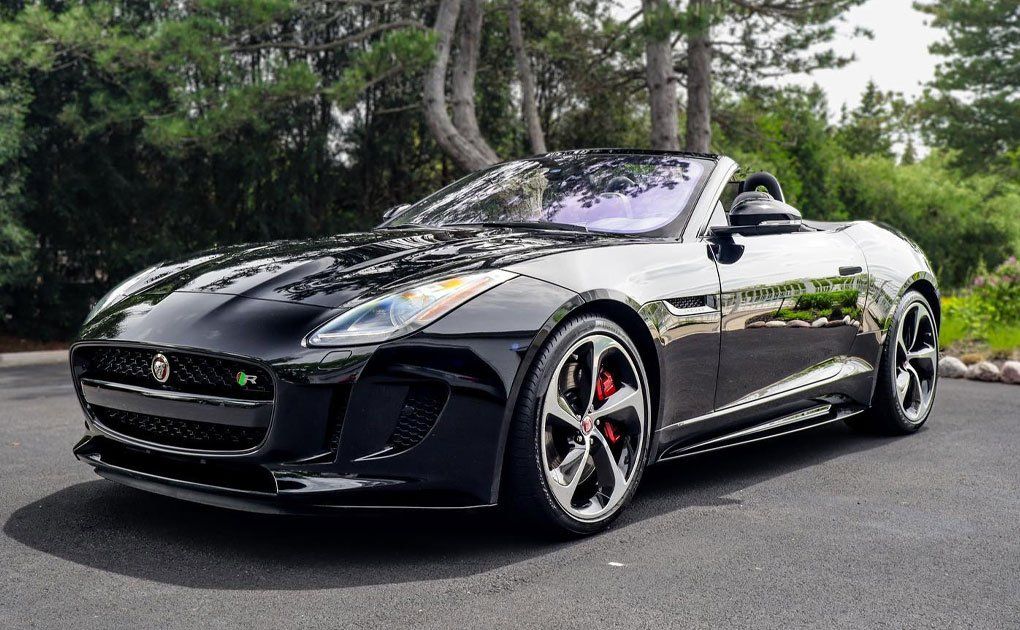When it comes to protecting your car's paint, few options are as effective as paint protection film (PPF). But did you know that the secret to making this protective layer last lies in the preparation before installation? Many people jump straight into applying the film without realizing that investing time into prepping their vehicle can save them from future headaches like peeling or bubbling. Think of it as preparing a canvas before painting; a proper foundation ensures a stunning and durable result.
Pre-installation preparation is critical for the durability of paint protection film, as it ensures optimal adhesion by thoroughly cleaning the vehicle's surface and addressing any imperfections. This meticulous preparation prevents issues such as peeling or bubbling, ultimately enhancing the longevity and effectiveness of the PPF in protecting your vehicle's paint from scratches and environmental damage.
Importance of Pre-Installation Preparation
- The Importance of Pre-Installation Preparation: Pre-installation preparation is critical to ensuring the durability and effectiveness of paint protection film (PPF). Skipping this step can result in peeling or bubbling, undermining the film’s protective qualities. Proper preparation ensures the film adheres correctly and withstands daily wear and tear.
- Achieving Better Adhesion with Meticulous Cleaning: A thorough cleaning process removes dirt, debris, wax, and contaminants that could hinder PPF adhesion. Using tools like a clay bar can eliminate stubborn particles, potentially extending the film's lifespan by up to two years. A clean surface not only enhances adhesion but also creates a flawless foundation for long-lasting protection.
- The Value of Fixing Surface Imperfections: Fixing scratches, dings, or other imperfections before a paint protection film installation is essential. This creates a smooth surface for the film to adhere to, preventing awkward settling over raised areas. A polished foundation enhances both the aesthetic appeal and the long-term effectiveness of the film.
- The Role of Temperature in PPF Installation:
The ideal temperature for PPF installation is between 60°F and 80°F (15°C to 27°C). Temperatures outside this range can compromise adhesion, allowing dust to creep underneath or causing the film to lift prematurely. Proper temperature also softens the film, making it easier to wrap around curves and contours.
Cleaning and Surface Smoothness
Deep cleaning is the essential first step in a successful paint protection film (PPF) application. It’s more than just aesthetics; meticulous cleaning ensures the film adheres properly and lasts longer. Dirt, grease, and wax residues act as barriers, potentially causing bubbles or peeling over time.
- Using a Degreaser to Remove Oil Residues: Start with a strong degreaser to eliminate lingering oils that can repel adhesives and compromise the bonding process. This step is vital to prevent any interference with the film’s ability to cling securely to the surface. Properly degreasing the area sets a solid foundation for the next stages of cleaning.
- Enhancing Surface Smoothness with a Clay Bar: A clay bar treatment removes embedded particles in the paintwork, leaving a silky-smooth surface ideal for PPF installation. This step ensures a flawless matte finish, enhancing the film's adherence and overall durability. The benefits of this process are undeniable in achieving a professional-quality result.
- Cleaning in a Controlled Environment for Optimal Results: Perform the cleaning process in a dust-free, controlled environment like a clean garage. This minimizes the risk of airborne contaminants settling on the surface. A dry and clean space also prevents unexpected moisture or humidity from impacting adhesion quality.
- Inspecting for Contaminants and Imperfections: Use bright lighting to inspect the surface after cleaning, identifying any residual debris or micro-scratches. Addressing these issues early ensures a smooth and flawless foundation for the film. This step is key to avoiding potential problems with the PPF's performance over time.
Proper cleaning and preparation are the cornerstones of a successful paint protection film application. By following each step meticulously—from deep cleaning and degreasing to clay bar treatment and surface inspection—you ensure a smooth, flawless foundation that maximizes the film's adhesion and longevity.
Key Preparation Techniques for PPF
- Surface Inspection: The first and perhaps most crucial step in preparing your vehicle for paint protection film involves conducting a thorough inspection of the surface. Before you dive in with tools or cleaning supplies, take a moment to scrutinize every inch of the vehicle for scratches, dents, or any other imperfections. Addressing these issues beforehand ensures a flawless application and helps enhance the longevity of the film. Ignoring even minor blemishes can lead to bumps and irregularities under the film, which will be visible once applied—much like trying to apply wallpaper over a wall filled with holes. After completing your inspection, you may need to move on to sanding.
- Sanding: If you find any rough patches during your inspection, don’t underestimate the importance of sanding them down. Using fine-grit sandpaper, lightly smooth out these areas. Visualize the gentle caress of the sandpaper against the surface; it’s about smoothing imperfections rather than removing significant material. This technique creates a refined texture that allows the PPF to adhere more effectively, contributing to overall durability. Even though it sounds simple, this step can make or break your installation by providing that perfect base layer needed for the film's adhesive to bond properly. Following sanding, you must wash away any dust and debris lingering from this process.
- Final Cleaning: After you’ve completed sanding, it’s essential to follow up with a meticulous cleaning using isopropyl alcohol. Imagine yourself wiping down a window until all smudges are gone; this is what you want for your car’s surface as well. You should thoroughly cleanse all surfaces where the PPF will be applied because any residual dust or contaminants might compromise adhesion. When performing this final cleaning, aim for a residue-free surface to aid in achieving maximum bonding strength; consider how much stronger glue sticks to a clean surface versus one that’s dirty or oily. Creating an immaculate canvas increases the efficacy of your PPF installation and assures its longevity.
These preparation techniques pave the way for ensuring effective installation, allowing us to focus on critical aspects related to material selection that directly impact performance and durability.
Effect of Preparation on Durability
Proper surface preparation is not merely a preliminary step; it's paramount to the longevity and effectiveness of paint protection film. Think of it as laying a solid foundation before building a house. When surfaces are meticulously cleaned and prepped, they create an ideal environment for PPF to adhere seamlessly. This initial bond isn’t just about sticking something down; it’s about ensuring that the film can withstand various forces acting upon it over time, like UV rays, dirt, and grime.
Well-prepped surfaces can extend PPF life by an impressive 40%. That’s not a trivial number! Each layer of dirt or wax left behind during preparation can become a weakness in the film. Contaminants can lead to premature peeling or bubbling under pressure, not to mention increased vulnerability to scratches. Adequate cleaning involves removing any residues that might compromise the bonding process. A thorough wash will typically involve specific cleaners aimed at eliminating dust, oils, and other residues from the vehicle's surface.
Addressing imperfections before applying PPF is crucial. Any scratches or dings present on the vehicle's surface should be resolved prior to installation to ensure that they do not trap moisture or air under the film later on. This attention to detail prevents unsightly blemishes from marring both the appearance and performance of your protective film. Neglecting this step could mean dealing with unwanted surprises later on, such as lifting edges or bubbles that could have been easily avoided. After all, when it comes to protecting your investment with PPF, thoroughness in preparation pays off immensely in long-term durability.
Professional Expertise's Role in Installation
When it comes to applying paint protection film (PPF), the difference between a professional installer and a DIY approach is significant. A skilled installer’s expertise ensures a seamless, high-quality application that maximizes the durability and effectiveness of the film. Below are the key reasons why choosing a professional installer for PPF is essential to protecting your vehicle’s paintwork.
- Experience and Knowledge: Professional installers possess the experience necessary to handle various car surfaces, finishes, and challenges. Their expertise allows them to identify subtle imperfections that even the most detail-oriented car owner might overlook. This keen eye ensures a flawless application, which significantly improves the performance of the PPF.
- Comprehensive Surface Assessment: Before applying the film, professional installers thoroughly assess the vehicle’s paintwork for scratches, blemishes, and debris. They recognize that proper preparation is essential for optimal adhesion and durability. The time spent preparing the surface before applying the film is just as important as the installation itself.
- Meticulous Preparation for Long-Lasting Protection: Installing PPF isn’t simply about laying down a protective layer. Professionals ensure that every inch of the vehicle’s surface is clean, smooth, and ready for the film. This meticulous preparation can extend the durability of the protection, resulting in better long-term value for your investment.
- Achieving an Impeccable Finish: Skilled installers are able to avoid common DIY pitfalls such as air bubbles or uneven edges. They use specialized tools like heat guns and precision razors to mold the film perfectly to the vehicle’s curves and contours. These tools help achieve a smooth, high-end finish that DIY kits typically cannot provide.
- Additional Precautions for Luxury and Classic Cars: For high-value vehicles, such as luxury cars or classics, professional installers take extra care to ensure the paintwork remains pristine. Their years of experience and in-depth knowledge allow them to apply additional precautions that protect these vehicles’ paint aesthetics while maintaining the vehicle’s overall value.
A professional PPF installer combines technical skill with detailed attention to every aspect of the process. They know that the longevity and quality of the film are directly tied to their careful installation. By choosing an experienced installer, you not only enhance the protection but also preserve the vehicle's appearance and resale value for years to come.
Premium PPF Services in Carol Stream, IL
D’Andrea Auto Detailing in Carol Stream, IL, offers
premium paint protection film (PPF) services to keep your vehicle looking flawless and safeguarded from the wear and tear of daily driving. Our expert team uses the latest techniques to install PPF, ensuring your car’s paint is shielded from chips, scratches, and environmental damage without compromising its sleek appearance. Whether you’re looking to protect the entire vehicle or specific areas, D’Andrea Auto Detailing delivers unmatched quality and attention to detail. Ready to give your car the protection it deserves? Call us at (708) 574-8496 to get started!





